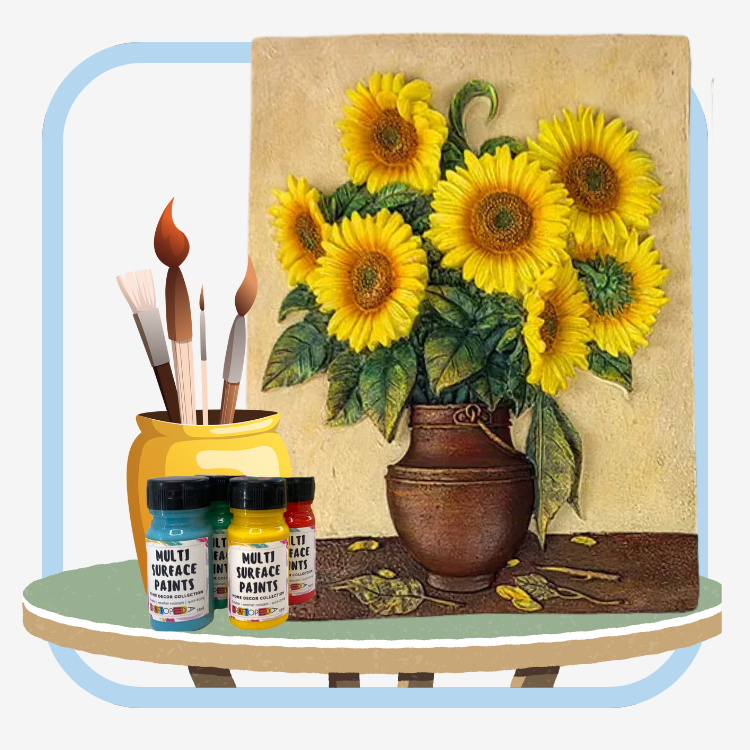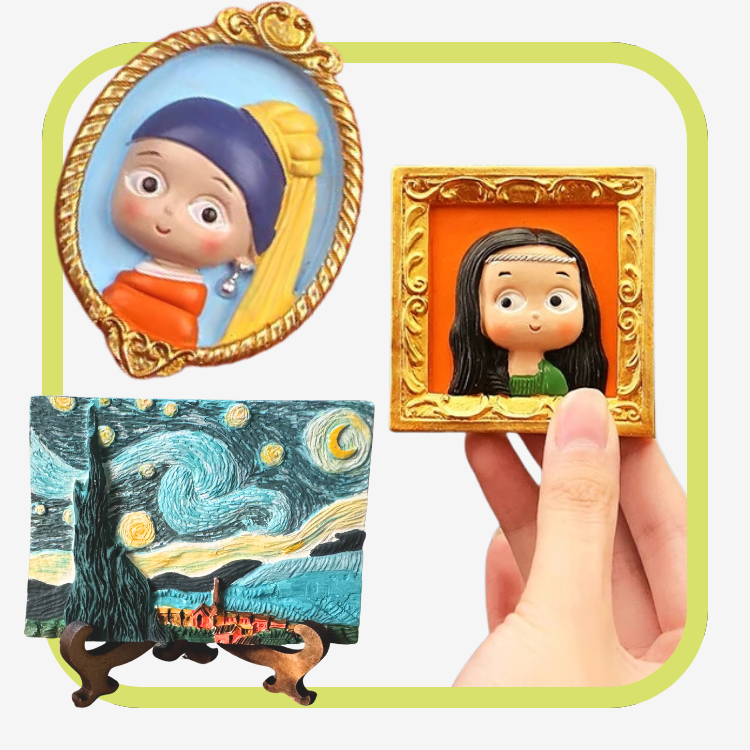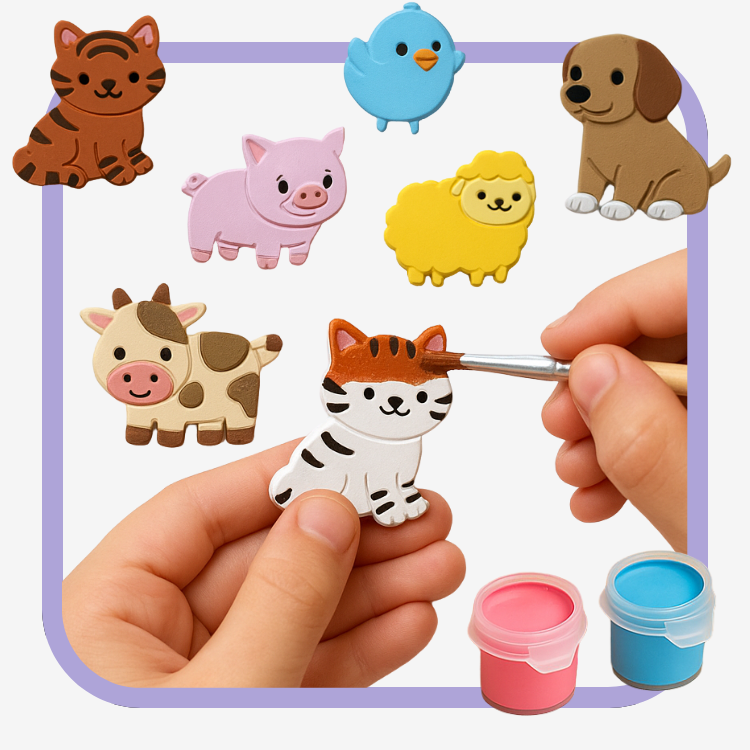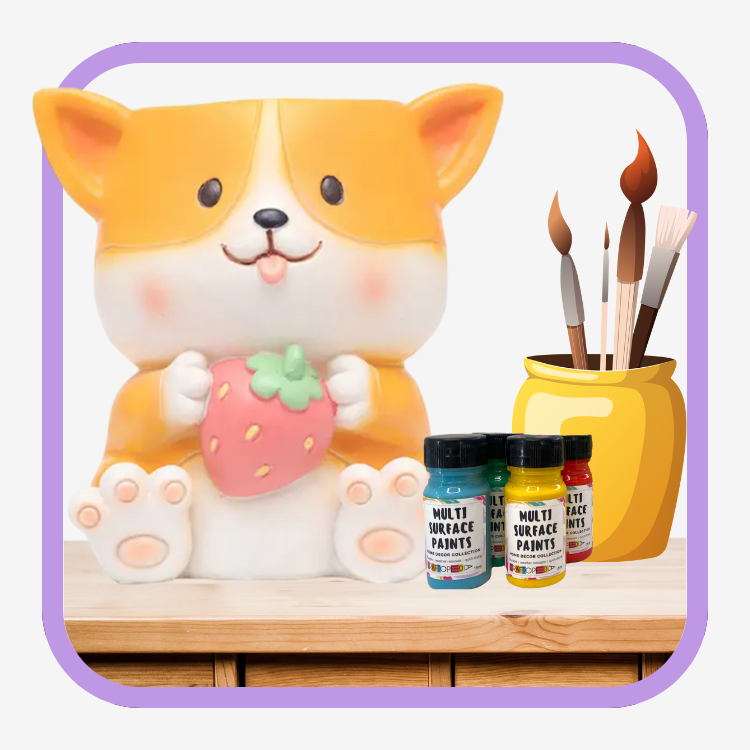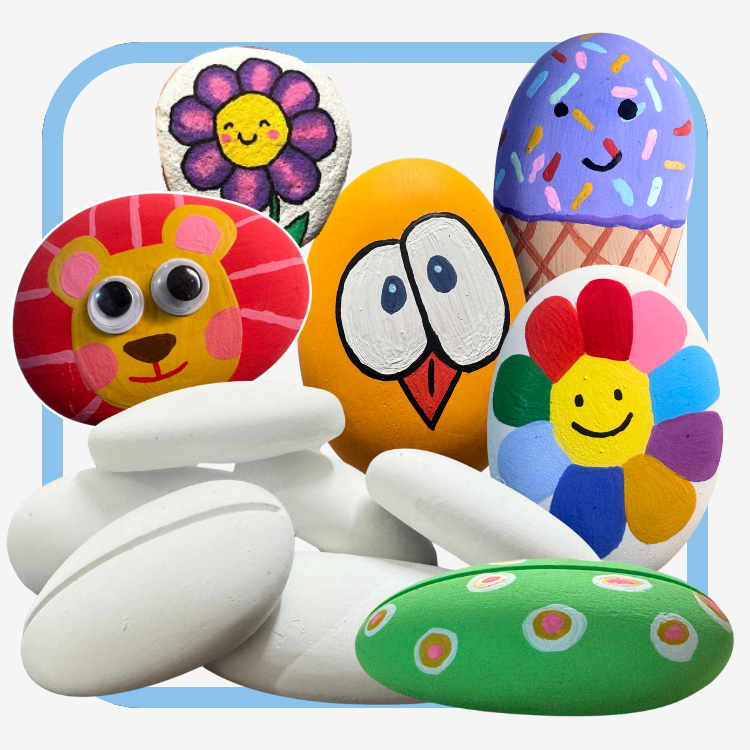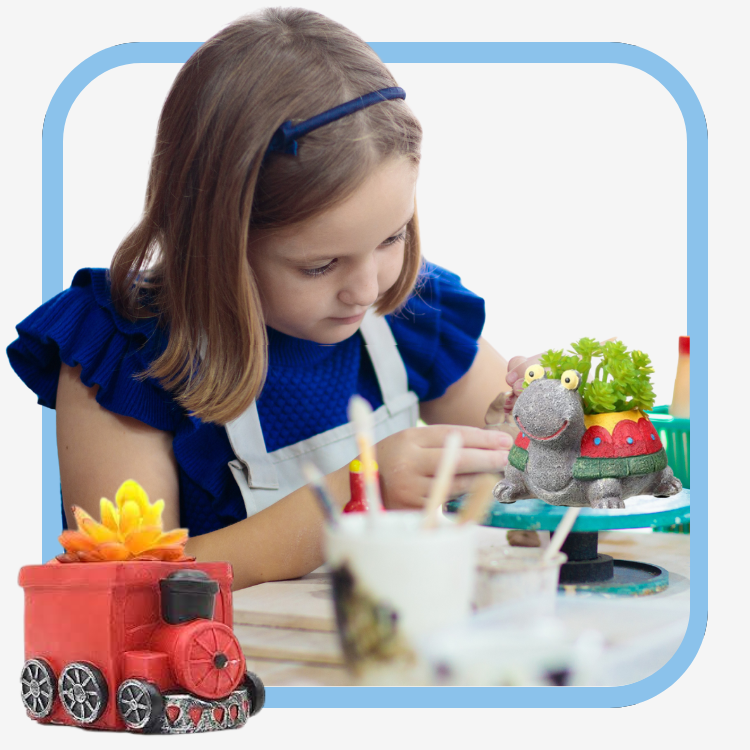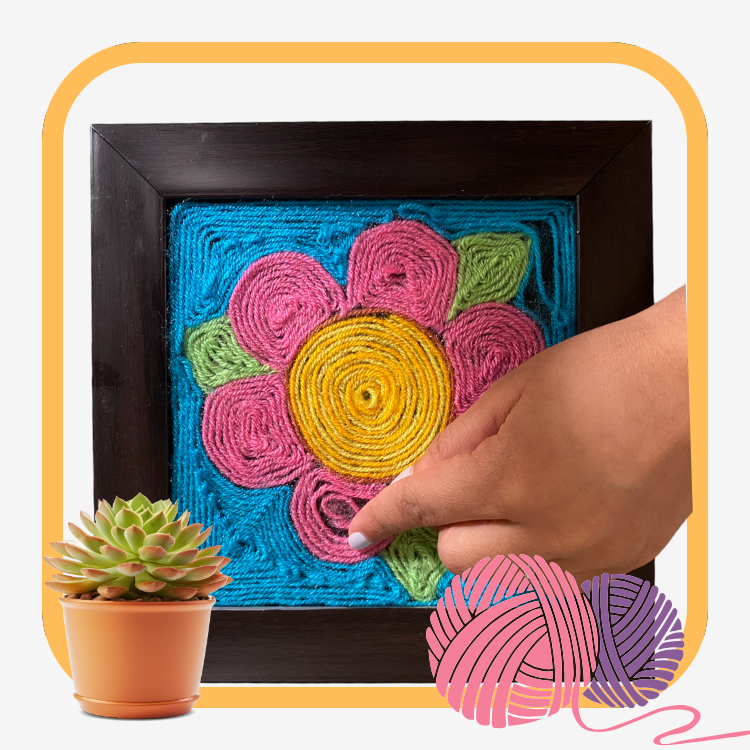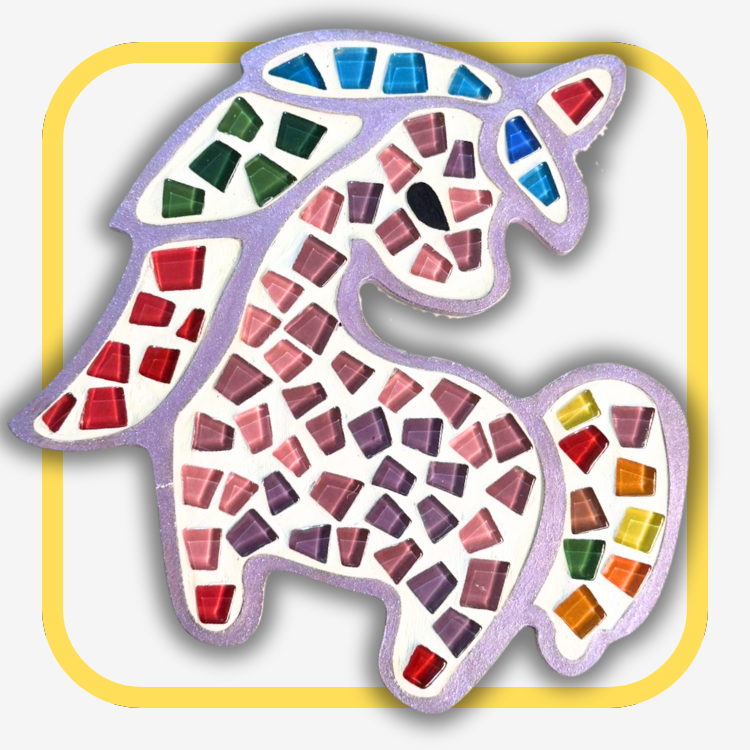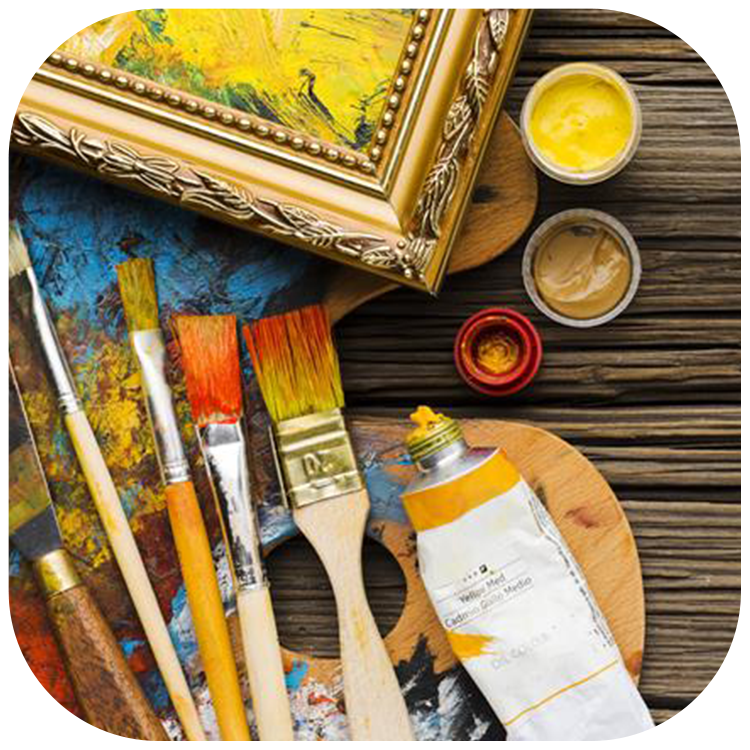In today’s digital world, children are surrounded by screens — from online classes to mobile games. While technology has its benefits, it often limits a child’s imagination and hands-on learning. That’s where creative activities for children like DIY crafts come in.
Crafting encourages kids to think independently, express their ideas, and build something tangible. From painting and sculpting to assembling and decorating, these experiences spark curiosity and boost confidence — making art not just a hobby but a form of emotional growth.
Let’s explore how DIY crafts help children become more creative, confident, and capable while having fun at home.
The Power of Creativity in Early Childhood
Creativity is one of the most important skills a child can develop. When children engage in creative activities for children, they learn how to solve problems, think imaginatively, and explore possibilities without fear of being wrong.
Simple projects like painting a name board, decorating a pencil holder, or building a paper lantern encourage kids to plan, visualize, and experiment — key skills that support both academic and emotional development.
In contrast to structured learning, where there’s often only one right answer, fun activities for kids at home give children the freedom to explore and express their unique ideas. This open-ended process builds confidence and teaches them that creativity has no limits.
1. Encourages Independent Thinking
DIY crafts are more than just art projects — they’re exercises in decision-making. When kids choose colors, shapes, or materials, they practice independence.
For instance, in step-by-step craft tutorials for children, the instructions guide them, but the final look depends on their imagination. A child painting a diya or personalized name sign decides which patterns to create, what message to write, and how to decorate it.
This freedom strengthens their self-belief. When they see the finished product, they realize their ideas have value — an important confidence booster for growing minds.
2. Enhances Problem-Solving and Focus
Every craft activity presents small challenges: how to fix a loose part, blend colors smoothly, or assemble pieces in order. These challenges make creative activities for children more meaningful because they involve real-world problem-solving.
Unlike digital games that give instant gratification, DIY crafts teach patience and perseverance. Kids learn to focus for longer periods and find joy in completing something with their own hands.
Parents often notice that children who engage in fun activities for kids at home show improved attention spans and better emotional regulation — skills that carry into schoolwork and daily life.
3. Builds Confidence Through Achievement
Nothing matches the pride a child feels when they finish a project and see it displayed at home. That sense of achievement is what makes creative activities for children such powerful confidence-builders.
When you tell your child, “You made this!” it reinforces the idea that their effort and imagination create value. Even if their project isn’t perfect, celebrating the process motivates them to try again, explore more, and take creative risks.
Displaying their artwork — whether it’s a painted photo holder or a festive name sign — gives children visible proof of their abilities. Over time, this helps them internalize self-worth and confidence.
4. Strengthens Family Bonds
In our busy schedules, finding time for family activities can be tough. That’s why fun activities for kids at home like DIY crafts offer the perfect solution.
Sitting down together for an art session promotes connection and conversation. Parents and kids can collaborate, share ideas, and learn from each other. These shared creative moments not only reduce screen time but also create lasting memories.
Imagine spending an evening helping your child paint a wooden pencil holder or decorate a festive lantern. Beyond the final artwork, what you gain is laughter, teamwork, and togetherness — the foundation of family bonding.
5. Promotes Emotional Expression
Children often struggle to express complex feelings through words. Art and crafts become their language. Through creative activities for children, they can express happiness, excitement, or even anxiety through colors, shapes, and forms.
A child painting with bright shades may feel joyful, while one experimenting with textures could be exploring curiosity. As parents, encouraging such expression helps children manage emotions in healthy ways.
This emotional outlet also fosters empathy and understanding, helping children grow into more balanced, self-aware individuals.
6. Develops Fine Motor Skills
DIY crafts also play a crucial role in physical development. Cutting, coloring, folding, and gluing help strengthen hand-eye coordination and fine motor control.
That’s why many step-by-step craft tutorials for children are designed not only for creativity but also to improve dexterity. As kids handle brushes, beads, or clay, they enhance precision — a foundational skill for writing, sports, and daily tasks.
These activities subtly blend fun with function, making learning enjoyable and natural.
7. Encourages Mindfulness and Calm
In today’s fast-paced world, even children experience overstimulation. Crafting slows things down. The repetitive, focused nature of creative activities for children helps them stay present — almost like meditation.
As they paint, draw, or assemble, they become absorbed in the moment. This mindfulness improves concentration and reduces anxiety, giving kids a sense of peace and control.
Parents can create a “creative corner” at home — a small, quiet space filled with paints, markers, and DIY craft kits — where children can unwind and explore art whenever they wish.
8. Combines Learning with Fun
Crafting is not just about art — it’s about discovery. When kids work on fun activities for kids at home, they also learn basic principles of science, math, and design without even realizing it.
For example:
-
Mixing colors teaches cause and effect.
-
Folding paper introduces geometry.
-
Balancing designs strengthens spatial awareness.
Similarly, step-by-step craft tutorials for children teach sequencing and logical thinking — essential academic skills wrapped in creativity.
How to Encourage Creativity at Home
As a parent or teacher, you don’t need expensive materials or fancy workshops to inspire creativity. Simple creative activities for children at home can go a long way.
Here are a few tips:
-
Create a routine: Dedicate one evening a week to DIY craft time.
-
Provide open-ended materials: Paper, clay, paints, and recycled items inspire imagination.
-
Appreciate effort, not perfection: Encourage your child even if their project looks messy — creativity thrives on freedom.
-
Join in: Kids love when adults participate. Make it a family habit.
-
Explore kits: Ready-made DIY art and craft kits simplify preparation while keeping the focus on creativity and learning.
These steps help transform fun activities for kids at home into lifelong creative habits.
Why DIY Crafts Matter More Than Ever
In an age where entertainment is instant and disposable, creating something by hand teaches patience, value, and pride. Creative activities for children help them slow down, think, and make meaning from their imagination.
Whether your child paints, builds, or decorates, every act of creation adds to their confidence. DIY crafts remind them that their ideas matter — that they have the power to bring beauty into the world.
So the next time you’re wondering how to engage your child meaningfully, skip the screens and grab some art supplies. Explore step-by-step craft tutorials for children, and watch their confidence and creativity shine brighter than ever.
Frequently Asked Questions (FAQs)
1. Why are creative activities for children important?
They help kids develop imagination, problem-solving skills, and emotional intelligence — all while having fun and learning independence.
2. How do fun activities for kids at home benefit parents?
They offer screen-free engagement for children, allowing parents to manage daily tasks while kids stay creatively occupied.
3. What are some easy step-by-step craft tutorials for children to start with?
Begin with painting wooden toys, decorating jars, or creating paper lanterns using DIY art kits. These projects are simple, safe, and fun.
4. How can parents support creativity in shy or quiet children?
Start with small, open-ended projects. Let them choose materials and appreciate their efforts without judgment.
5. Can creative activities for children improve academic performance?
Yes. Arts and crafts enhance focus, memory, and critical thinking — skills that translate to better academic outcomes.





